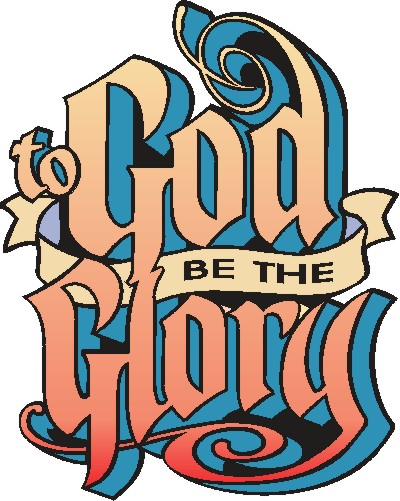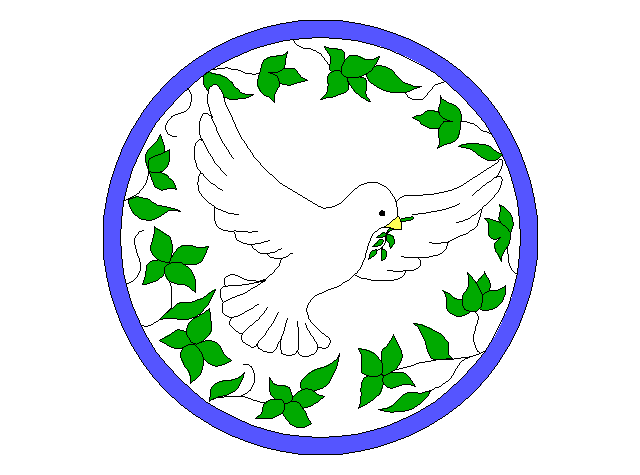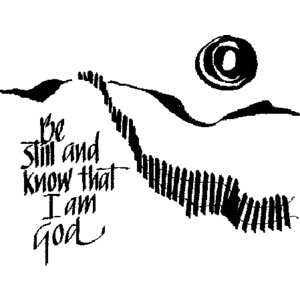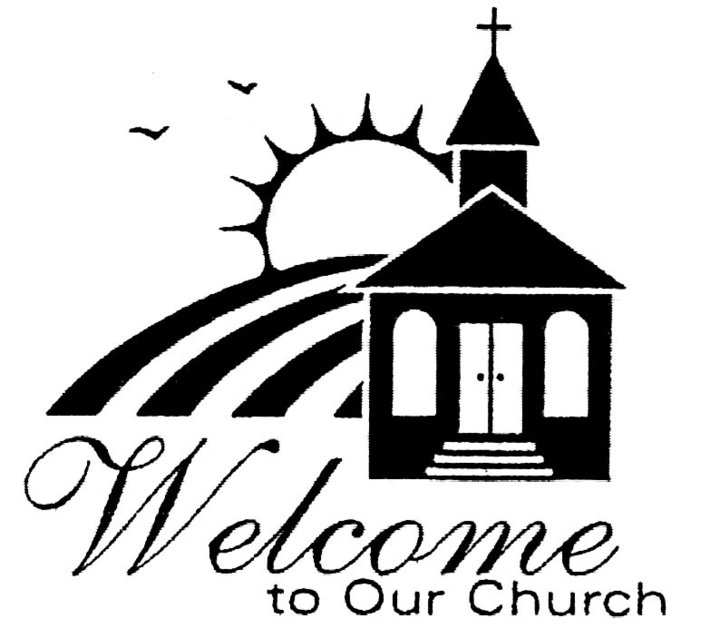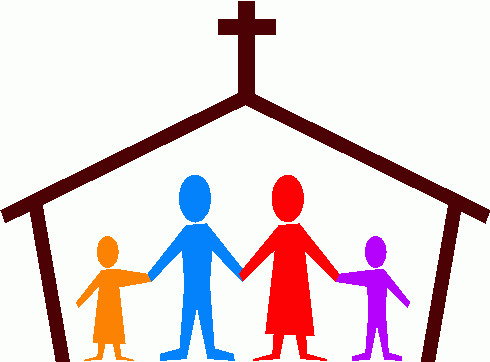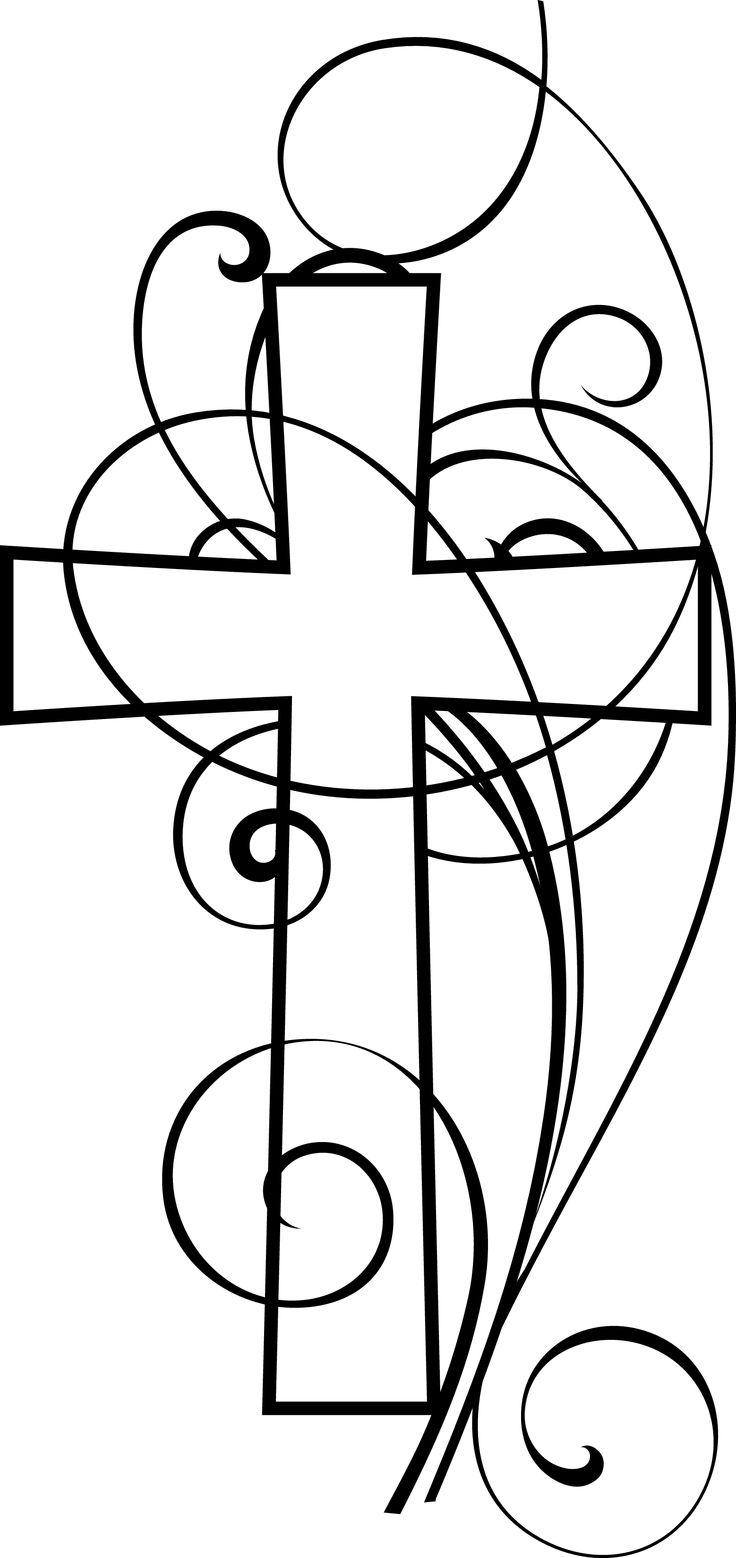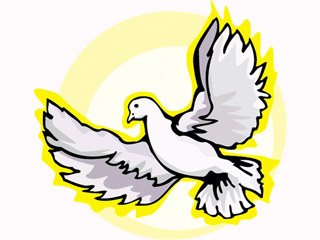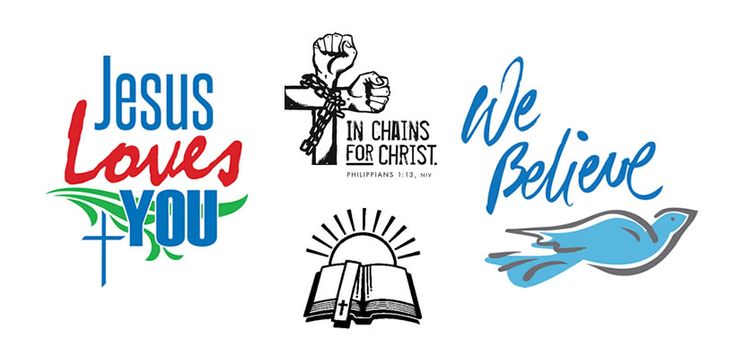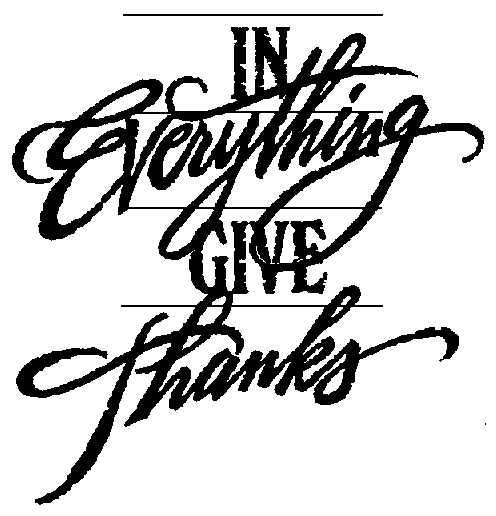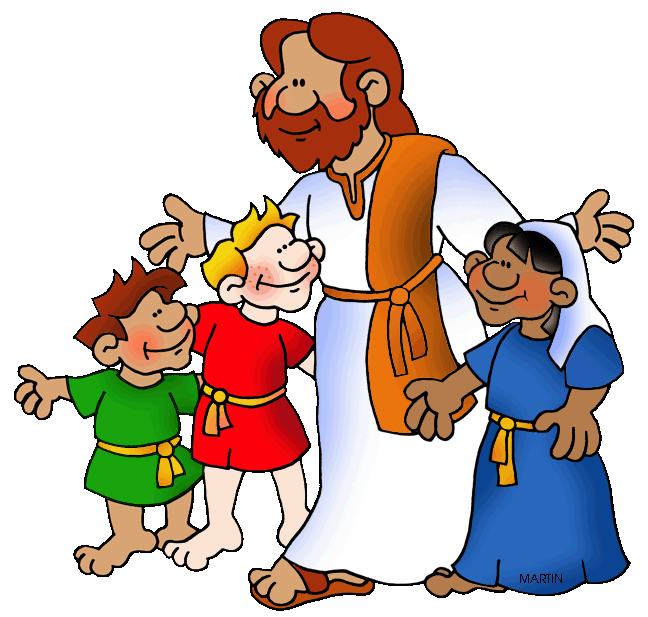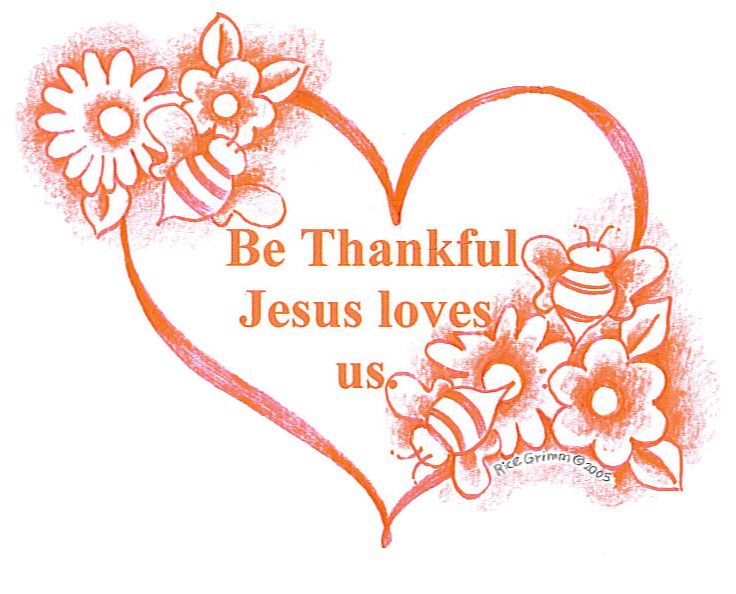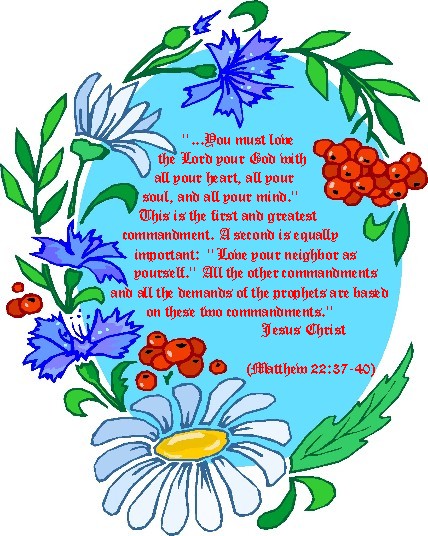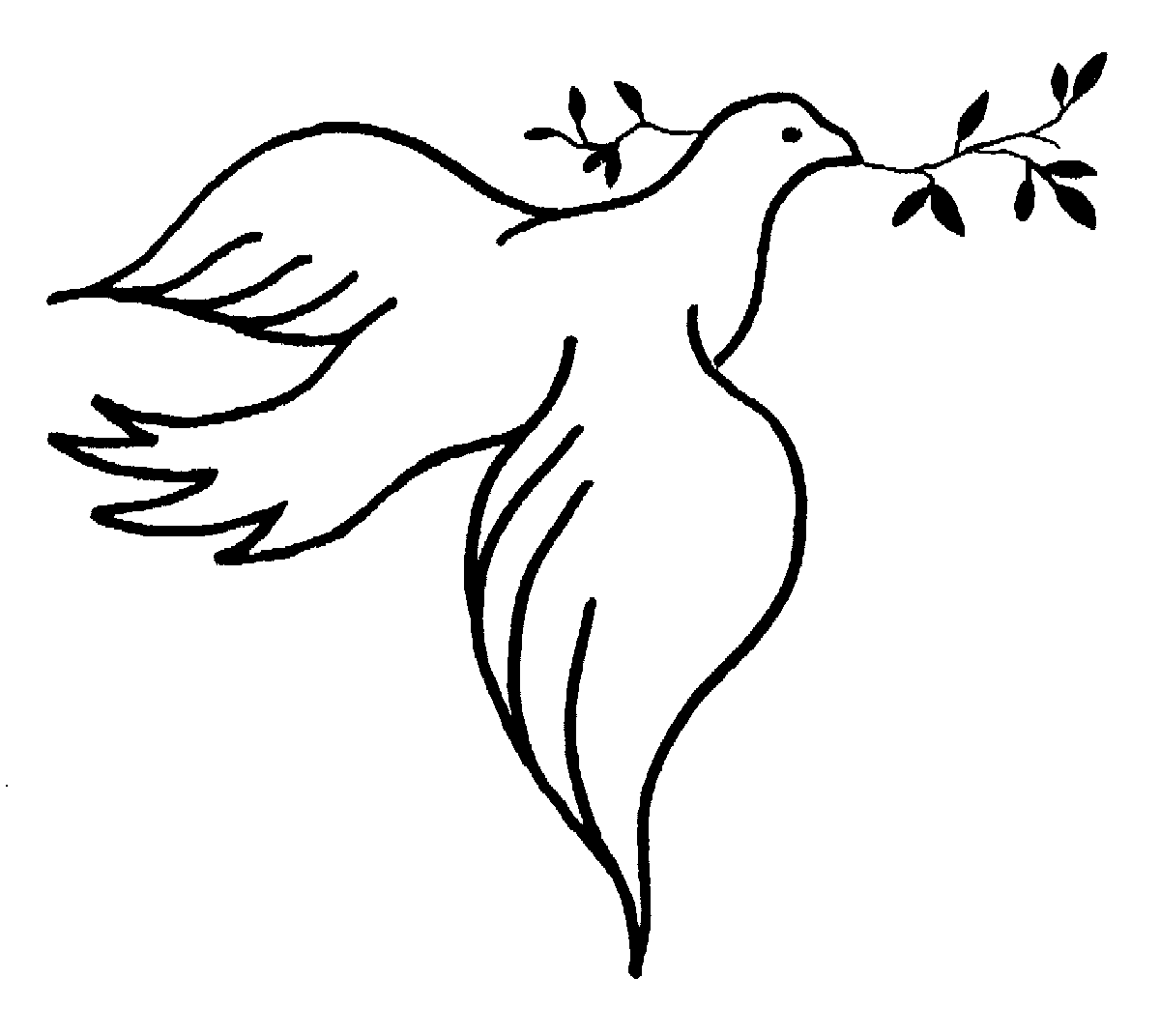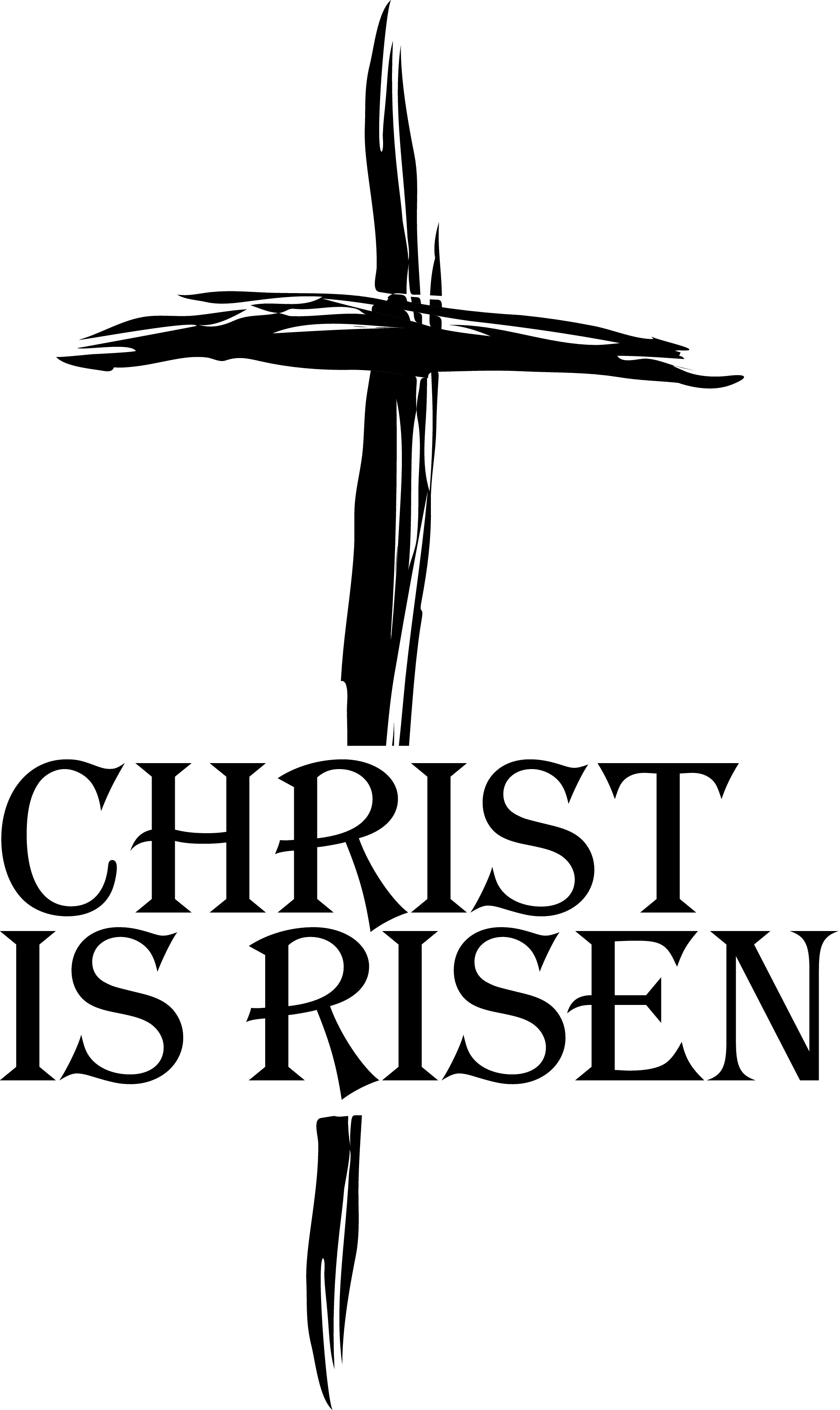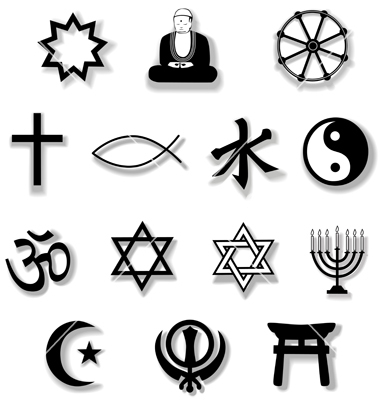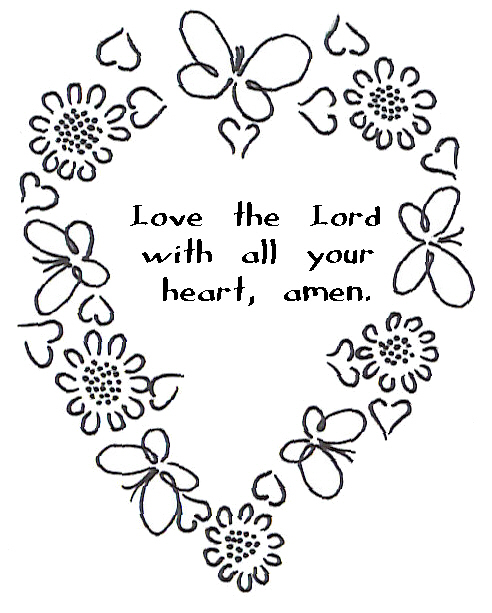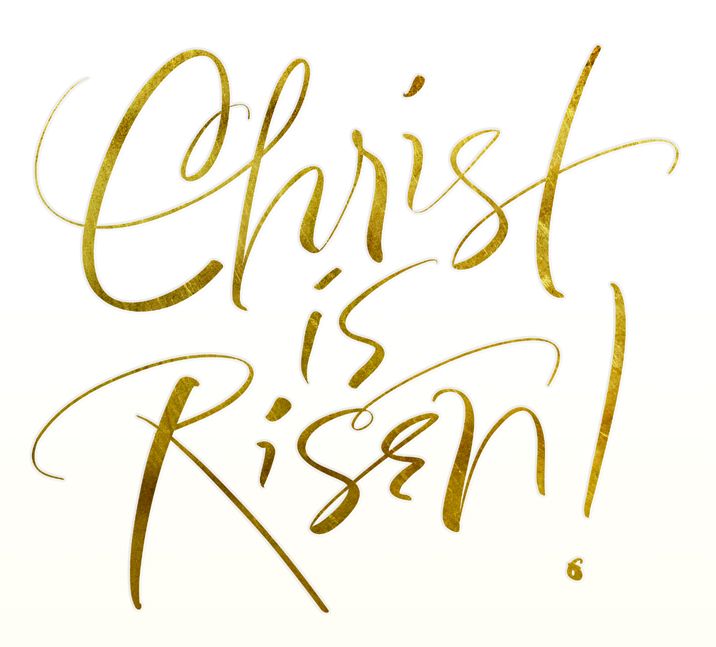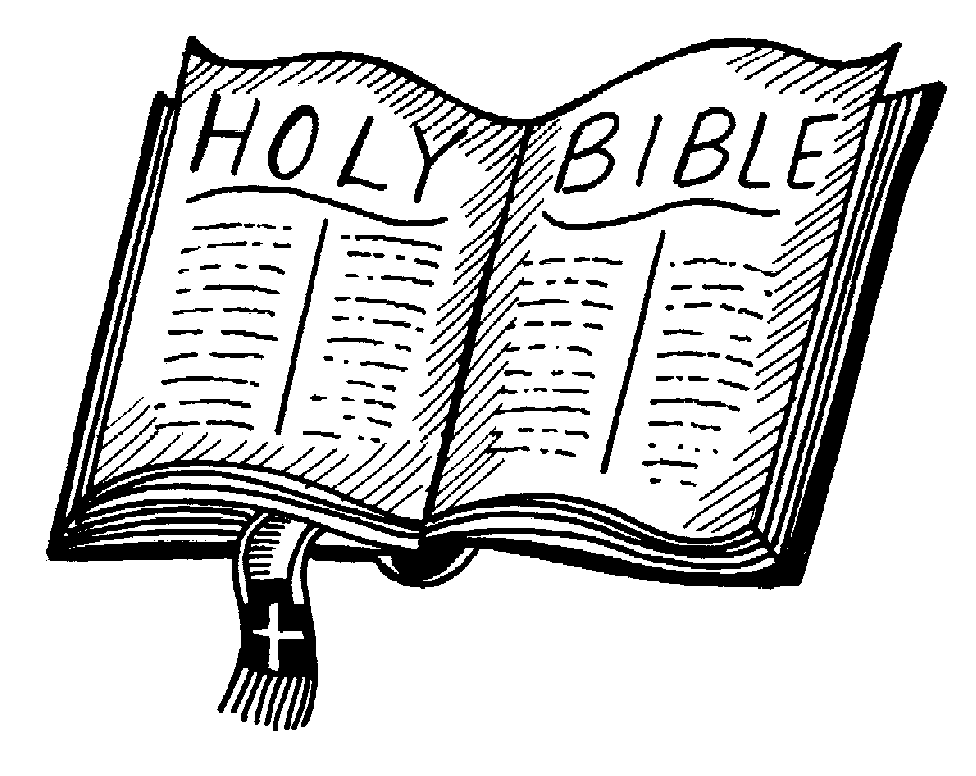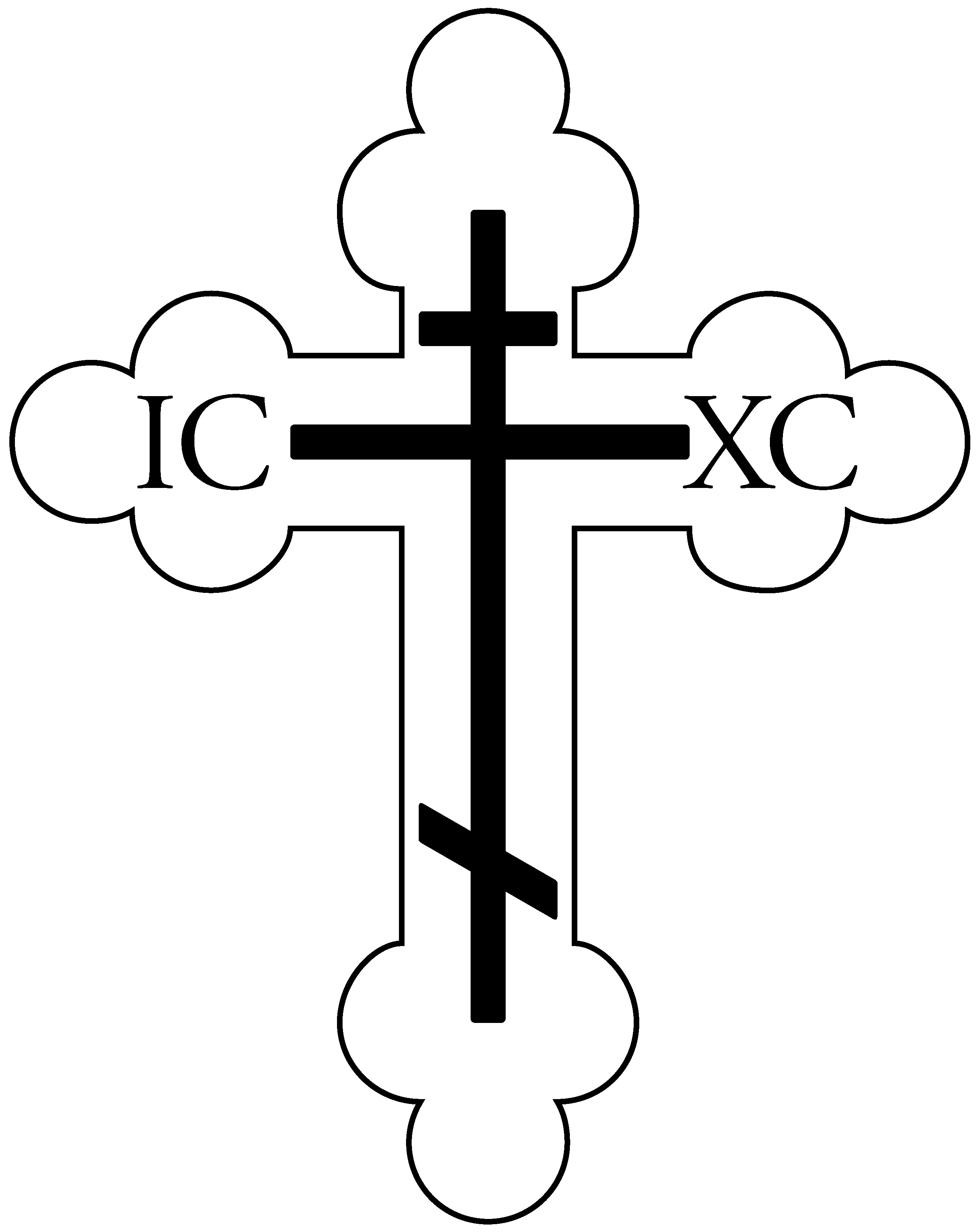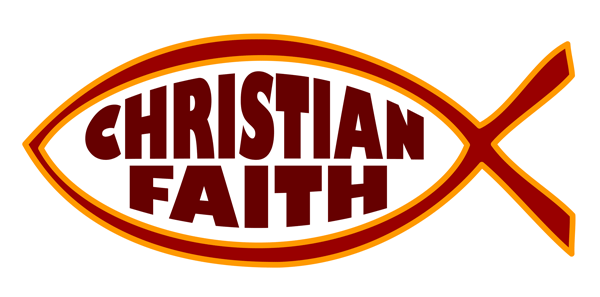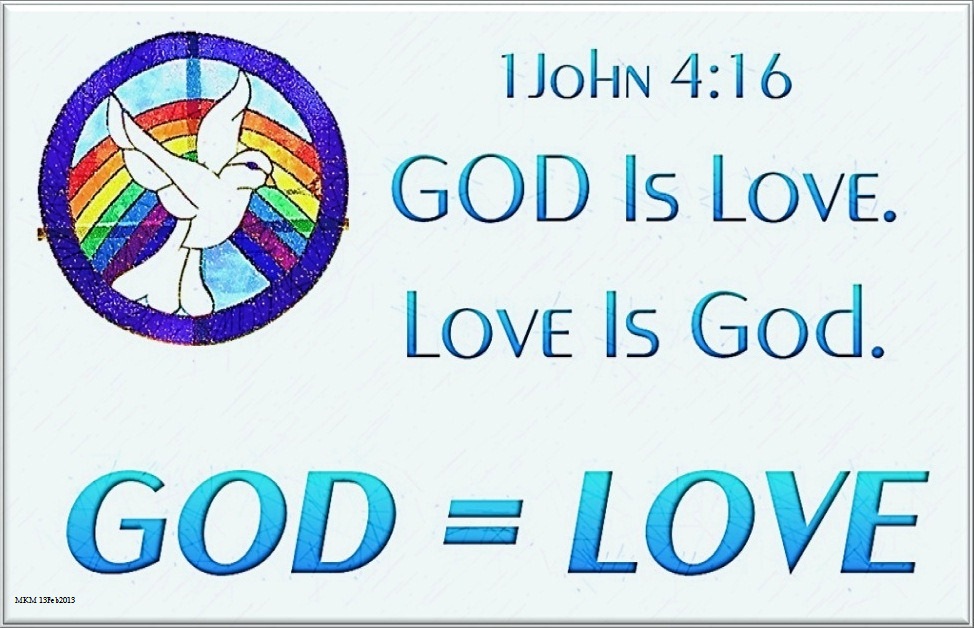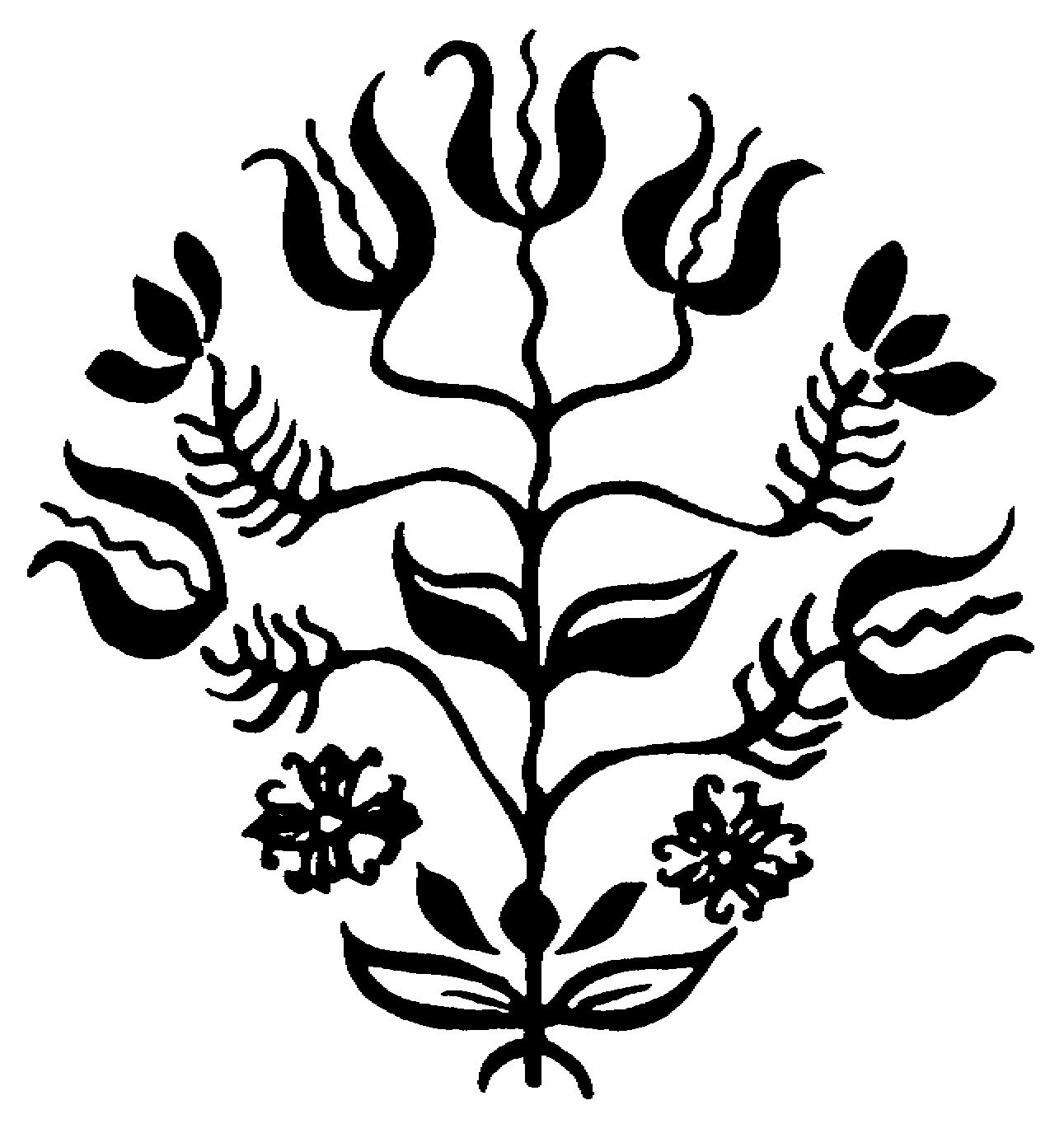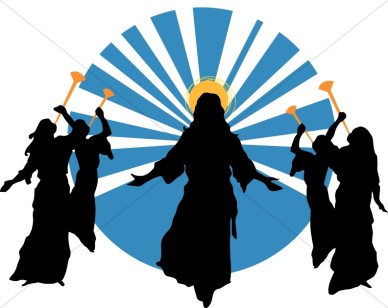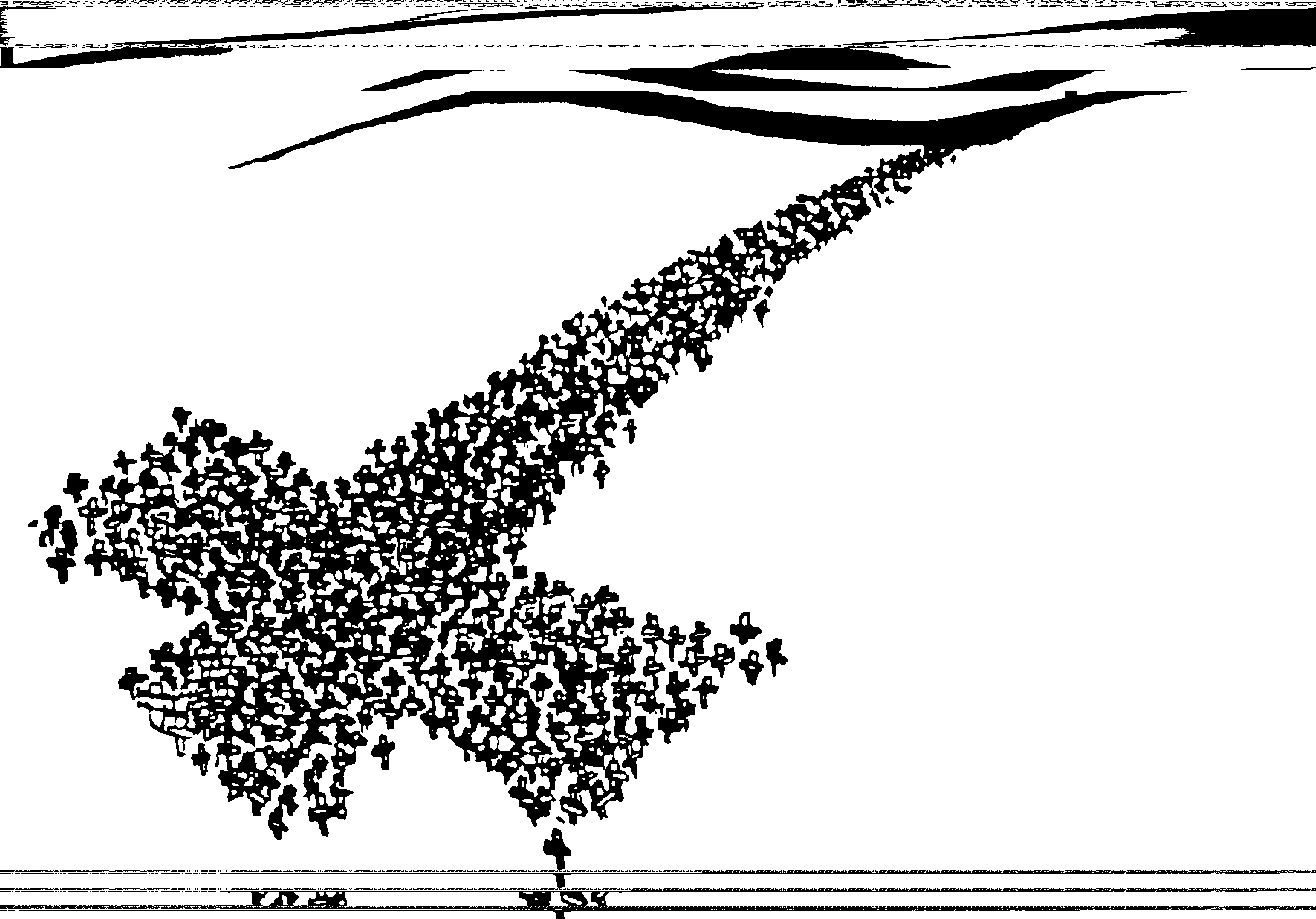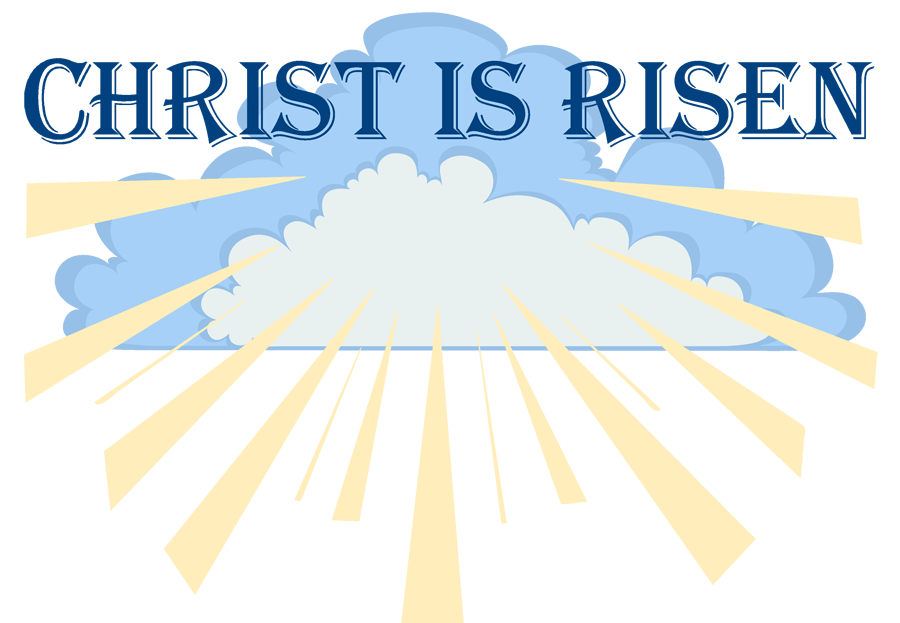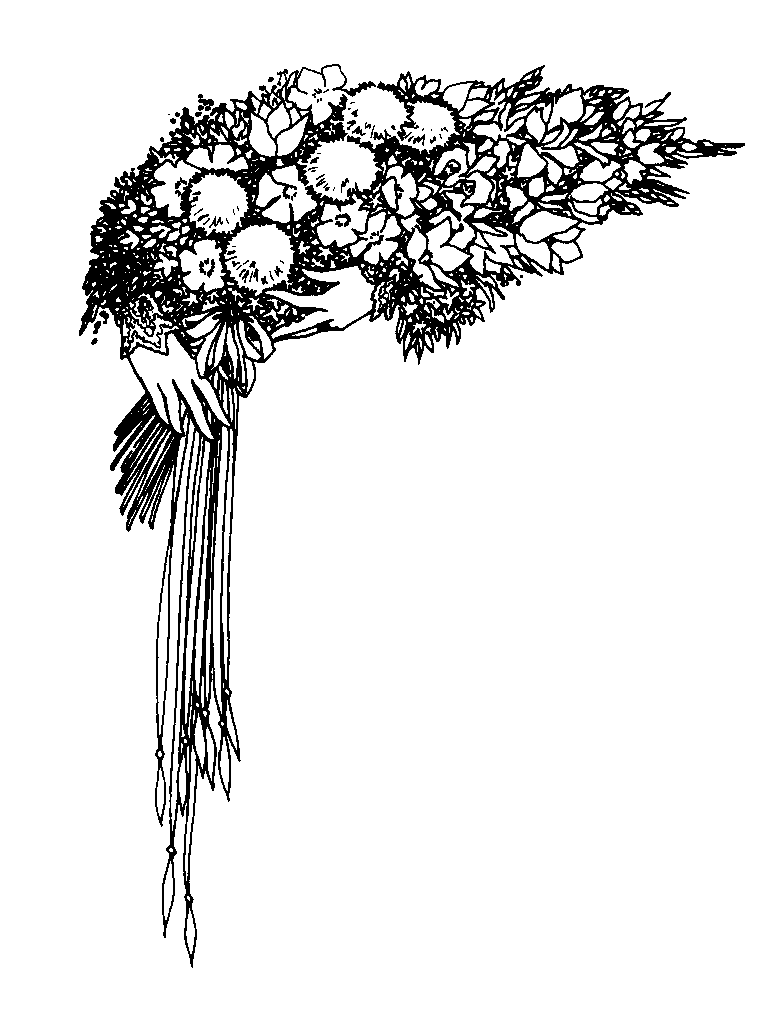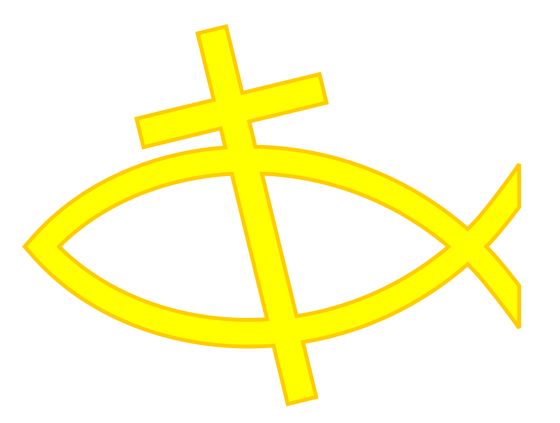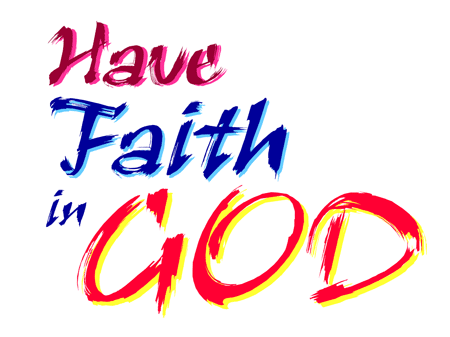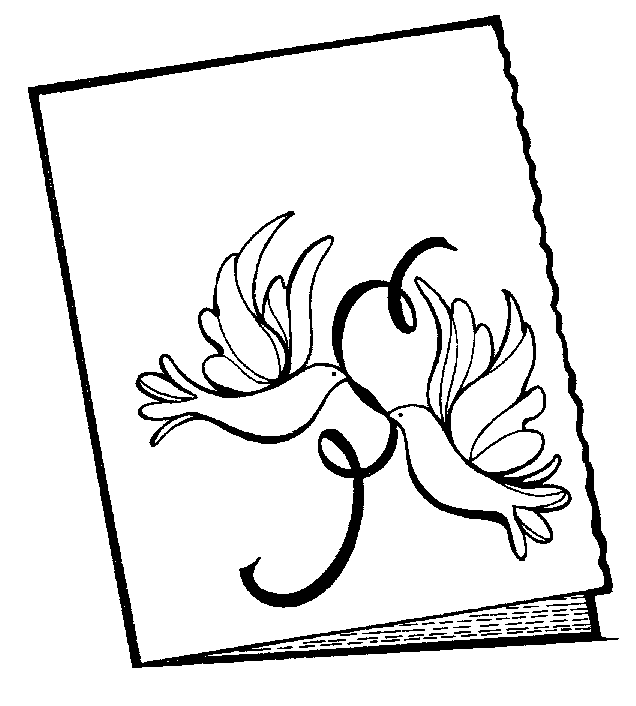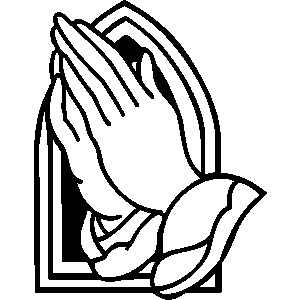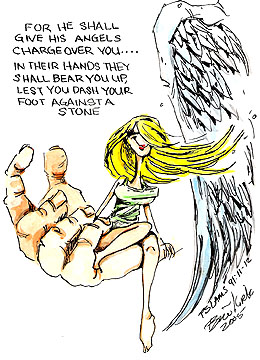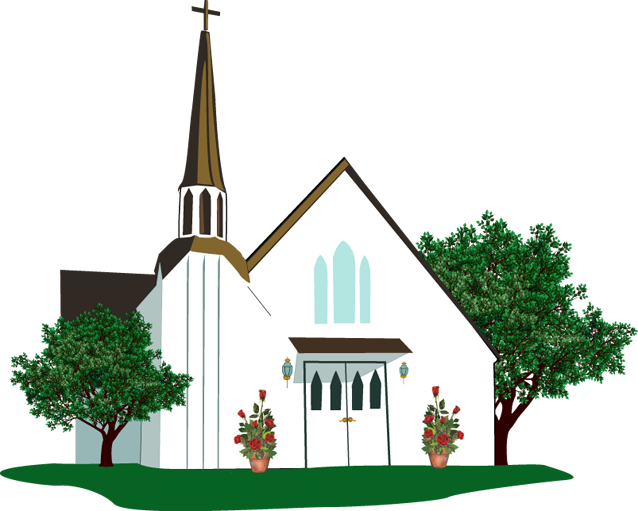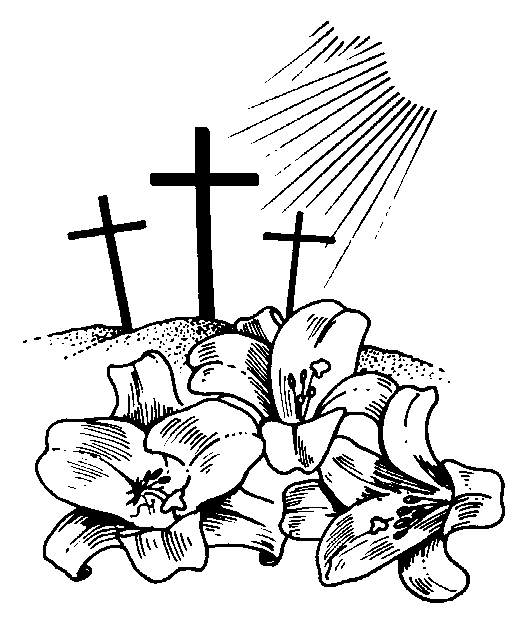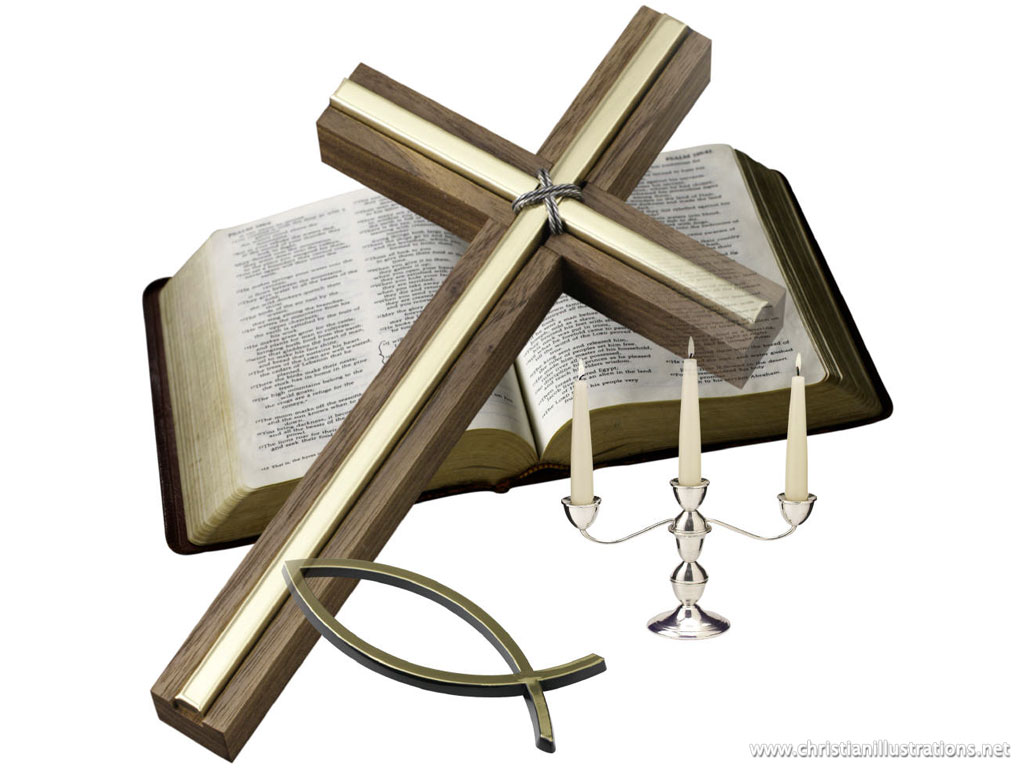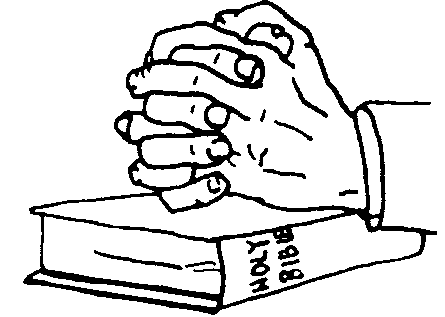Religious Clipart
Religion encompasses a broad spectrum of social and cultural systems unified by belief in, as well as worship of divine powers. Manifestations range from formally organized institutions to personal spirituality. Core facets shared across religions include articulated beliefs, rituals, values and codes of conduct undertaken in devotion to the divine. Major world religions have profoundly shaped human civilization.
Major World Religions
Religious adherents worldwide span distinct faith groupings and local variants adapted to diverse regions. Major classifications include:
Abrahamic faiths originating in Middle East like Christianity, Islam, Judaism and branches like Mormonism. These share common ancient Semitic religious ancestry.
Indian religions (Hinduism, Jainism, Buddhism, Sikhism) with the majority following Hinduism. These adopt concepts like samsara, karma, non-violence with shared social systems.
East Asian religions (Confucianism, Taoism, Shintoism) deeply intertwined with local cultures emphasizing virtues, nature, ancestors.
There are many indigenous tribal faith systems across Africa, Americas, Pacific islands; and Chinese folk religions with large adherents. Regions feature unique tapestries woven from theological syncretism and conversions over history.
Religious Texts and Doctrines
Scriptural canon constitutes the bedrock shaping theology and practice for different religions. Key examples:
- Christianity – Bible (Old Testament integrating Jewish principles and New Testament chronicling Jesus Christ’s ministry)
- Islam – Quran revealed to Prophet Muhammad detailing core tenets.
- Hinduism – Vedas, Upanishads, Puranas, Epics capturing beliefs from ancient to medieval eras.
- Buddhism – Tripitaka outlining Buddha’s discourses, monastic codes.
Doctrines codify interpretation of principles from revealed texts to provide behavioral guidance adhered through generations.
Religious Rituals and Practices
Diverse rituals carry spiritual meaning and strengthen community bonds. Common examples:
- Ceremonies of prayer, devotion, offering conducted in churches, mosques and temples
- Important life rituals around birth, adulthood milestones, weddings, funerary rites
- Fasting, food taboos, feasts retaining both health and sacred significance
- Pilgrimages to holy sites as spiritually purifying journeys
- Festivals marking events on religious calendar across faiths
Ritual artifacts, music and liturgy enrich the collective experience.
Religious Festivals and Holidays
Festivals promote religious community cohesion across major events on liturgical calendar or commemorating history.
- Christmas celebrates nativity of Jesus. Easter honors resurrection.
- Eid al Fitr marks end of Ramadan fast; Eid al Adha honors Ibrahim’s sacrifice
- Diwali signifies victory of light over darkness, associated with Lakshmi puja.
- Vesak observes Buddha’s birth, enlightenment and passing.
- Seasonal equinoxes like Easter, Passover associated with rebirth themes across religions.
Holiday customs adapted to regional and cultural preferences.
Religious Architecture and Arts
Places of worship integrating aesthetic and ritual meanings:
- Churches, Cathedrals: Stained glass windows, votives lighting altars
- Mosques: Geometric messages, arched mirhab to direct prayer
- Temples: Elaborate carvings on gateways, towers adorn deities’ effigies
- Styles adopted across pagodas, synagogues and more
Religious symbolism also richly expressed through paintings, Islamic calligraphy, Hindu sculptures and other art forms closely tied to spiritual themes.
Role of Religion in Society
Religion exerts significant social and cultural influence through:
- Preserving moral values, virtues, ideals passed down generations
- Shaping public policy on moral issues like marriage or education
- Providing community support structure via local groups/services
- Promoting ethnic and cultural identity markers bonded by faith
- Organizing political activism powered by religious ideology
Interplay between religion and localized societal landscape continues to evolve.
Religious Clipart
Religious clipart provides royalty free sets of digital illustrations depicting spiritual imagery to embellish documents and projects. Categories relevant to major religions enable easy access to icons strongly tied to associated belief systems for enhancing context.
Types of Religious Clipart
Typical motifs include illustrations of worship scenes, symbols and rituals, spiritual leaders and prophets closely linked to theological narratives across faiths. Specific examples comprise of:
- Bible scenes with Jesus Christ shown preaching, with disciples
- Cathedral graphics with stained glass and other architectural features
- Hindu gods like Ganesha, Vishnu, Buddha in key mudras
- Muslim mosque designs, Quran and prayer beads vector art
- Jewish menorahs, Synagogue visuals and Stars of David
Premium religious clipart packs high resolution scalable vector graphics allowing for significant modifications.
Using Religious Clipart
Exercise cultural sensitivity given profound personal significance spiritual imagery carries for believers. Additionally, certain depictions like prophets’ form are explicitly prohibited in Abrahamic faiths – Quran frowns upon displaying Mohammad whereas displaying Jesus is more accepted.
Best practices when incorporating religious clipart:
- Review usage licenses, attribute creators
- Ensure conformity to accepted doctrine
- Prioritize easily recognizable, generic symbols over specific holy figures for broader application
With thoughtful, appropriate usage, religious clipart provides an easily accessible visual enhancer on spiritual themes.
In this page clipartix present 85 religious clipart images free for designing activities. Lets download Religious Clipart that you want to use for works or personal uses.


